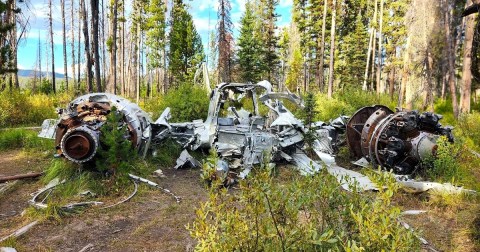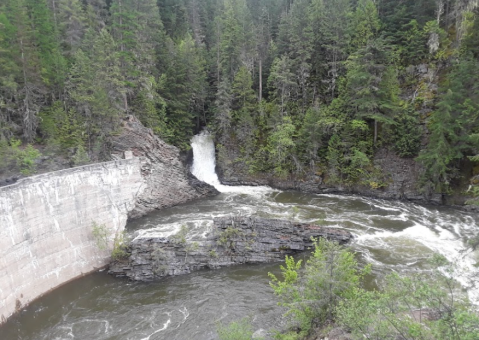Step Inside The Living Ghost Town Of Atomic City In Idaho
Atomic City, Idaho is easy to miss driving through the southeast corner of the state. Sitting at the edge of the sprawling 890-square-mile Idaho National Laboratory complex, this modern-day ghost town has a shocking nuclear history that drove residents away in the 1950s and continues to keep visitors at a distance. Here, in 1961, the country’s first fatal nuclear explosion took place – not even a decade after a dangerous reactor meltdown nearby left the town paralyzed with fear. Today, while not fully abandoned, Atomic City stands desolate and scarred by the radioactive fatalities of the past with only a handful of residents remaining as a living legacy of the tragic events.
But while most people stay far, far away from this nuclear town, the haunting remnants of the community nevertheless draw visitors every year – one of whom documented Idaho’s bleak modern ruins in his book Wilderness to Wasteland. The book captures the chilling, dystopian afterlife of America’s most polluted and contaminated places via poignant photography. But perhaps even more humbling than the photos is an in-depth look at the history of this forgotten town itself.
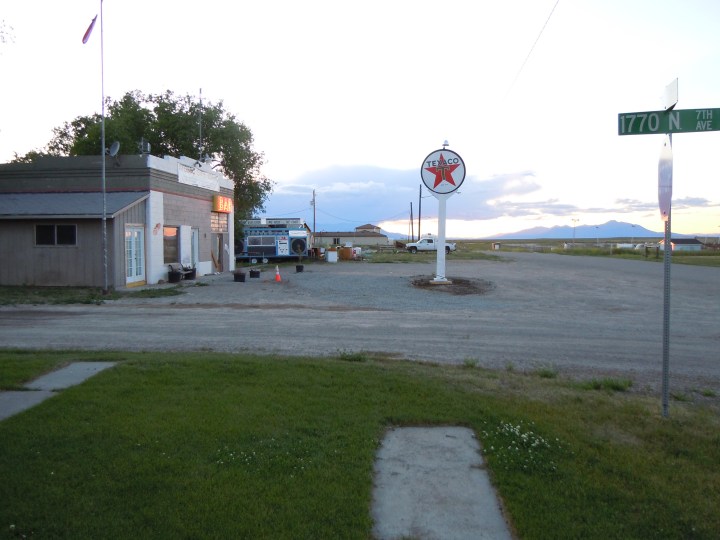


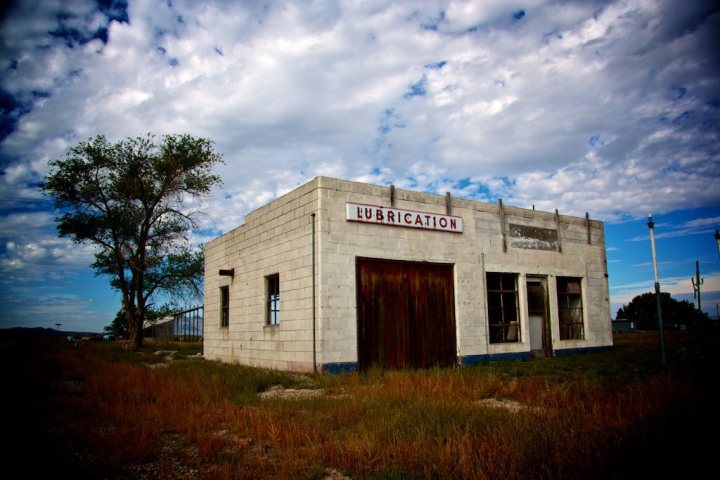

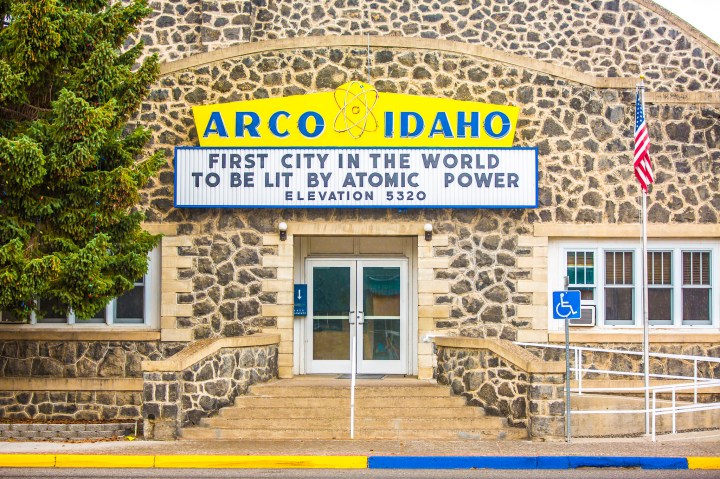
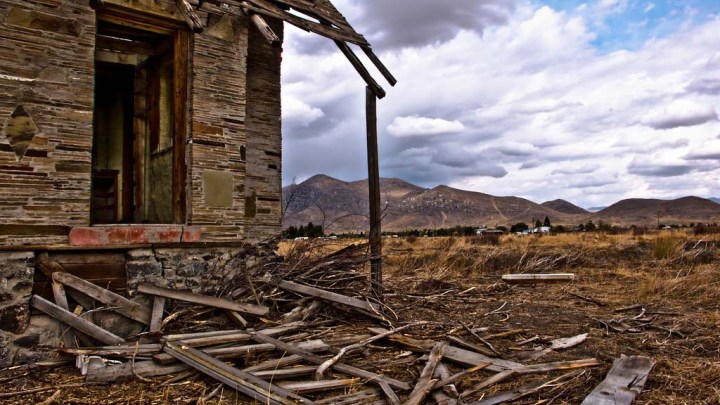
The Atomic City nuclear accident on January 3, 1961 was frightening, to say the least. While no more fatal nuclear accidents have occurred to date at the INL, multiple radioactive accidents have taken place over the years.
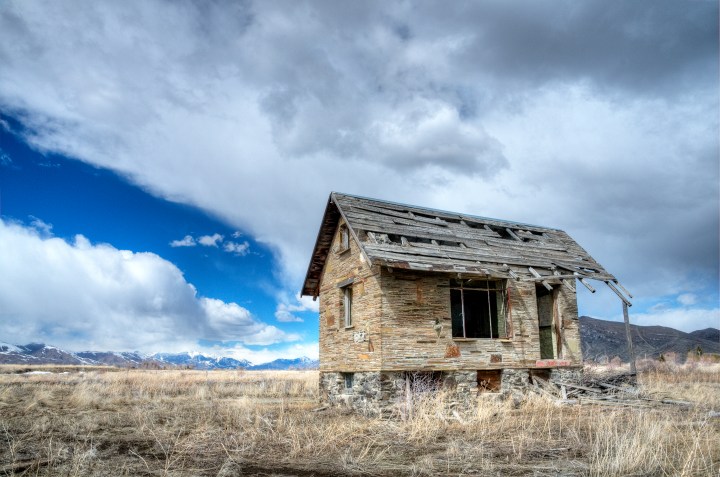
Atomic City is just one of the dozens of sites covered in the book.
Where were you when the SL-1 explosion rocked this town? Have you ever visited the area around the INL?
Idaho is a beautiful state, but we’ve had our fair share of disasters over the centuries. These historic natural disasters in Idaho are a few of the most devastating we’ve seen.
OnlyInYourState may earn compensation through affiliate links in this article. As an Amazon Associate, we earn from qualifying purchases.
More to Explore
Atomic City, Idaho & Related Info
What other abandoned places are there in Idaho?
There are so many fascinating and creepy abandoned places in Idaho. If you’re feeling brave, take a visit to the Old Idaho State Penitentiary. This spooky spot, located in Boise, has seen thousands of inmates. The prison closed in the early 1970s, but some claim it still buzzes with paranormal activity. Visitors can take a guided tour through the property and hear stories from its terrifying past. For another bone-chilling adventure, visit Pioneer Boothill Cemetery. Over 3,000 bodies have been buried here, but only 300 gravestones are still legible. People say you can still feel the energy of the deceased all around you.
Are there any hiking trails to abandoned places in Idaho?
The Pulaski Tunnel Trail, located inside the Panhandle National Forest, leads to one of the most unique abandoned places in Idaho. This 2-mile hike is full of breathtaking views. Vibrant forests and crisp breezes will greet you everywhere you go. Continue along the path, and you’ll soon reach the remnants of an abandoned silver mine. The story surrounding this place is tragic.
What ghost towns can you find in Idaho?
There are several unique ghost towns in Idaho. Wickahoney, located in Owhyee County, is one of the most fascinating. This town was once a popular spot along the stagecoach route to Nevada. Today, all that remains are the ruins of buildings. Some of the partial dwellings date all the way back to the 1880s. If you loved this excursion, you should pay a visit to Gilmore in Lemhi County. This quiet place was abandoned during the Great Depression and people rarely come to visit. The area is full of rotting old wooden buildings. It will really make your imagination run wild.

